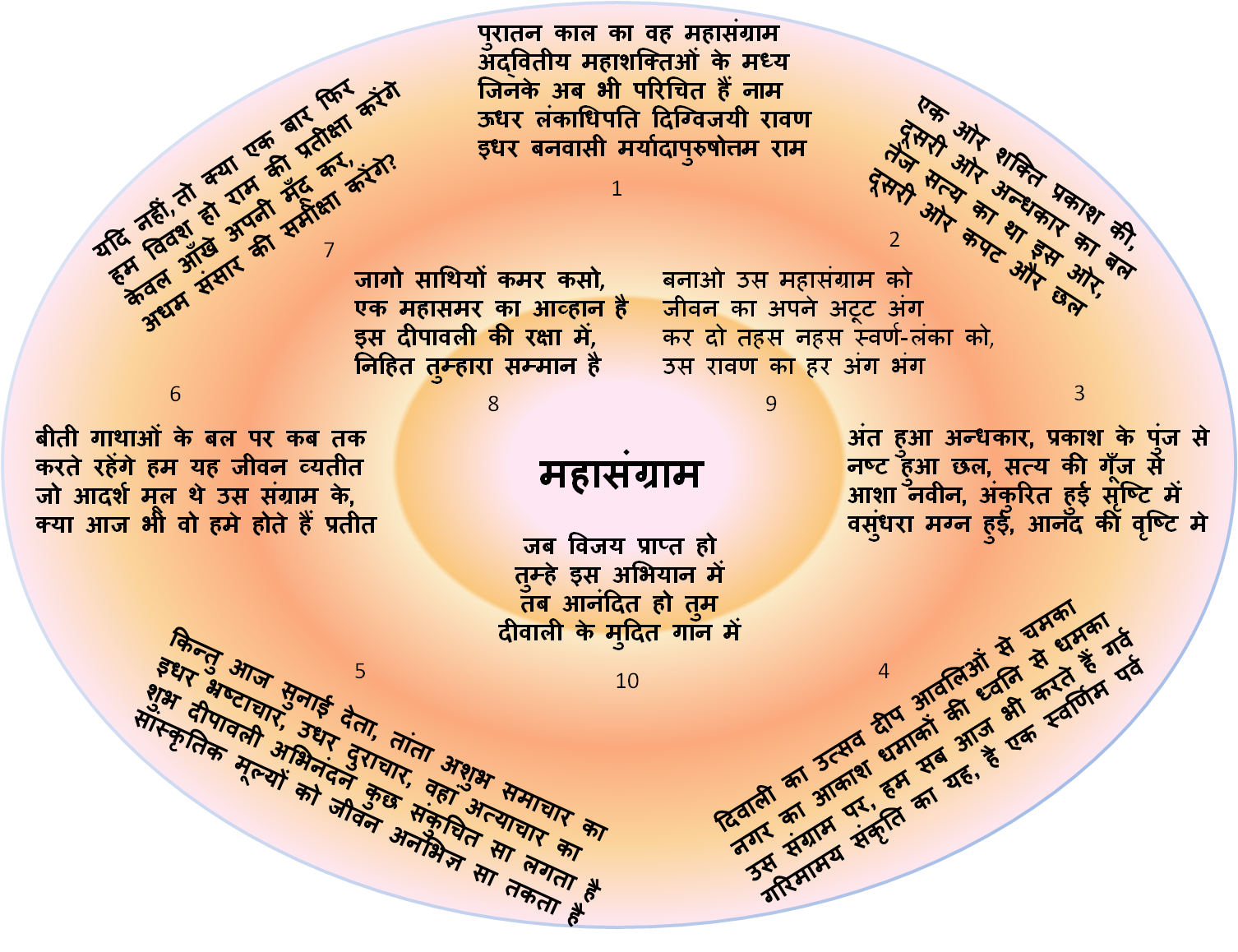
दीपावली का महासंग्राम हम सबको लड़ना होगा|
इसमे ही निहित हमारा सम्मान है |
Author: Mukul Saran

दीपावली का महासंग्राम हम सबको लड़ना होगा|
इसमे ही निहित हमारा सम्मान है |
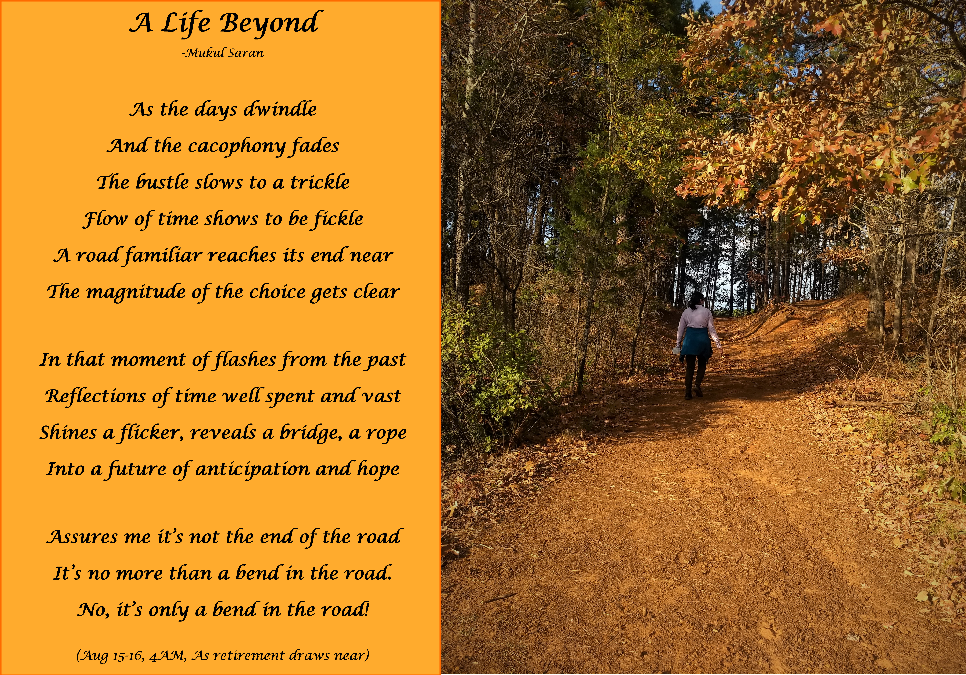
End of a long, satisfying journey on a road that now wants to take a turn. Retirement from TI.
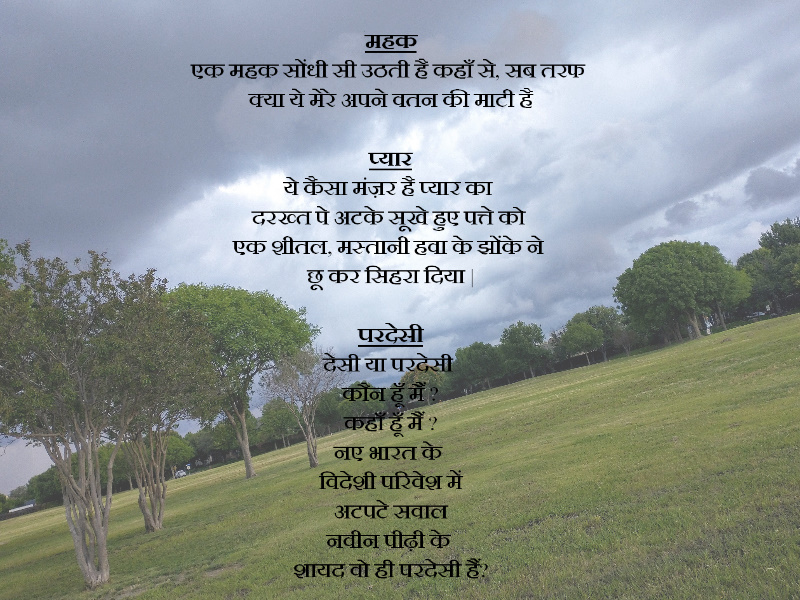
कुछ उद्गार जो इंदौर वायुस्थल पर जून 2017 में भारत से लौटने के अवसर पर यूँ ही मानस पटल में अंकुरित हुए….
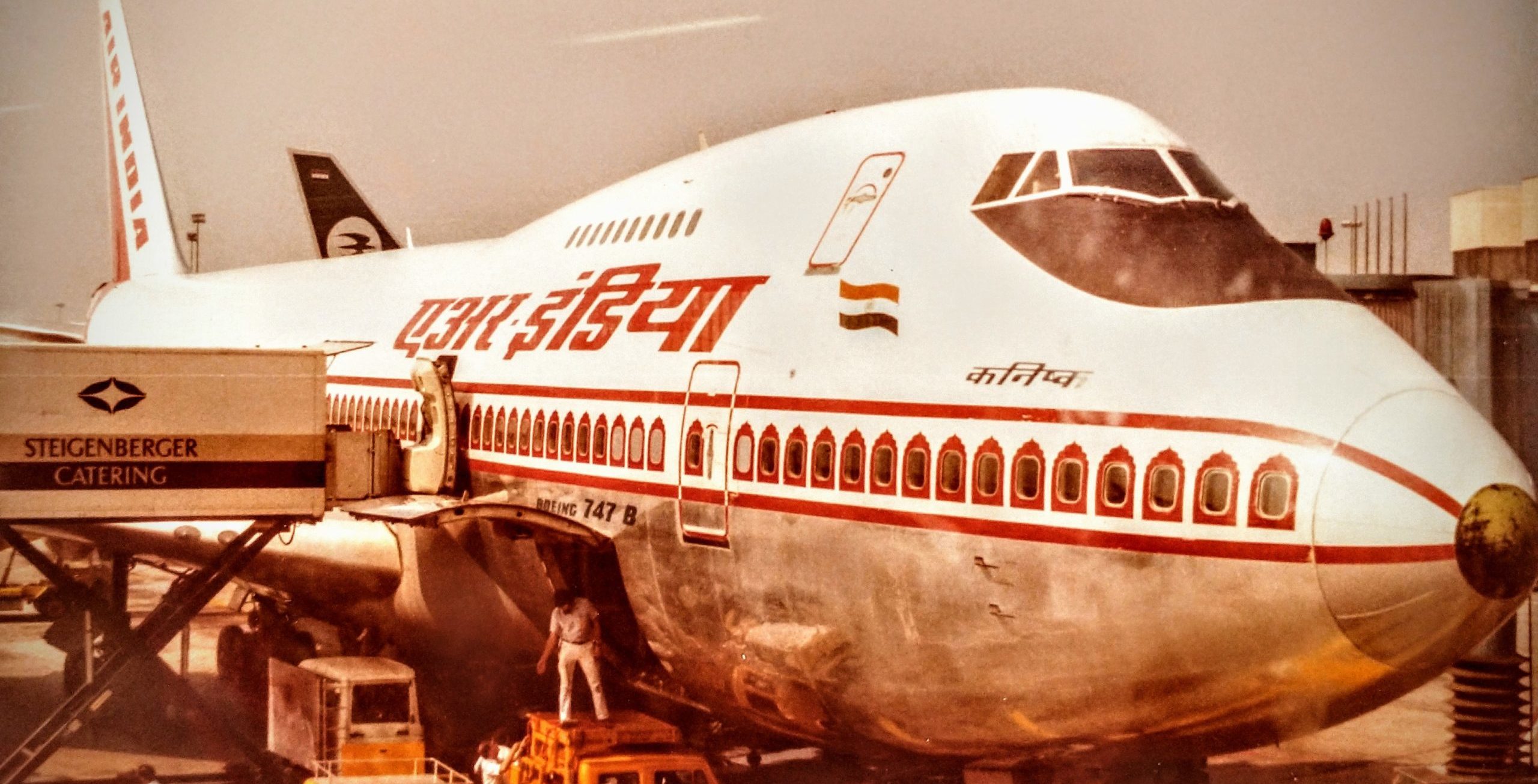
The day had come… more accurately, the night – around 1:30AM in Winnipeg, Canada in late August of 1981. The mind, the body, the universe was confused. Time-zones do that to you. My would-be Ph.D. supervisor was not there this late at night. The university’s India students association had no welcoming service. Google was born only in 1998, a full 17 yrs after the fact. Cellphones were in a pre-natal stage (the first commercial ones came out in 1983). No family or friends, an unfamiliar country! It felt foreign – the airport, the people, the phone-system, the transportation system – everything! At 22yrs old, I found myself struggling as a freshly-landed, lonely foreign student in Canada.

The night marked the end of a maiden flight that had taken me straight out of my native India. My previous international travel was as a 16yr old accompanying my parents on a bus to Nepal.
Clueless about my whereabouts, it only made sense to stay put at the desolate airport for the night. As the sun came through, the pocket phone diary my parents had handed me yielded a contact. This gentleman had been a professional contact of an uncle of mine, many years prior. How I made the call on that coin-operated rotary phone in Canada dodges the memory, but it turned out to be a lifesaver. He and his wife very kindly picked this stranger up from the airport, fed good hot breakfast, and then dropped me outside Tache Hall. Exhausted, I did not notice the beautiful colonial design of the dorm building.
That breakfast surely helped me break an unintended, prolonged 18+hrs fast. I had given up eating food a few hours after taking off from Delhi on Air India flight to NY. Whenever the air-hostess brought the meals my confused body rejected them; the body clock had lost its rhythm. Emotions had consumed me; this separation from my family and my land was going to be a long and uncertain one. My parents have had to borrow money just to put me on that flight. The finality of the moment dawned on me as the excitement of travel in previous days yielded to home-sickness.
Travel from NY, onward to Toronto, allowed no breaks to eat. The US immigration officer looked perplexed as he examined my papers. I had no US transit visa to enable ground transport to LaGuardia, a connecting airport several miles away. My travel agent had not advised of this detail. The officer drew me aside and went to get his associate. He came back with an African-American lady officer to escort me out of the airport. She walked with me to the bus station, sat on the bus through to LaGuardia, navigated to the check-in counter for NY-Toronto flight, and accompanied me through security until I had securely boarded the flight. Had it not been so, I’d likely be stuck in NY that night! Thank the travel agent!
The final flight from Toronto to Winnipeg was uneventful, but it was too late for any food service. That breakfast in Winnipeg had ended the forced, prolonged fast.
It was Friday morning that I flung my bags on the bed in the dorm, and went into a deep slumber almost immediately. The morning after, on a beautiful Saturday, I woke up again. I had literally slept for nearly 24hrs since the last breakfast. Hungry and weak in search of food, ventured out of my room on the University of Manitoba campus. Not a soul was in sight. Coming from a hugely more populous place buzzing with a constant din 24/7, I had never seen a place so desolate. A single car parked outside another colonial structure on campus – later learned it was called the Admin Bldg – gave me some hope.
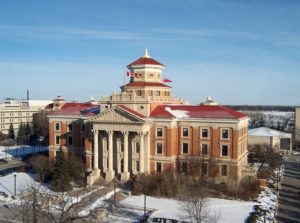
The owner emerged nearly 30mins later. In my unpracticed Indian English, I mustered enough courage to ask for help. “Nothing on campus would be open for the next 3 days” I was told. It was the Labor-day long weekend. It was also my first encounter with this vocabulary. He was a kind man. He dropped me off at a McDonald’s a few short kilometers from Campus.
I had never heard that name before. For almost all of us Indians, Canada was a far away fantasy land where Eskimos lived in Igloos. No internet or Google existed to help us know any better. That McDonald’s went into the history book (my personal one!) when it fed a hungry, vegetarian Indian kid his first meal in Canada. Of course in 1981, neither McDonald’s, nor Tache Hall, or for that matter even the city of Winnipeg or the province of Manitoba, would know what ‘vegetarian’ means. Nevertheless, found enough to fill me up – some French Fries and Vanilla milk-shake! I was happy that the meal only cost a couple of dollars; my total cash assets of a few hundred dollars was all I had. That’s ALL the foreign currency that India could afford to let international students take out of the country, including their fees.
As a side note, years later McDonald’s declared that their fries were not vegetarian; they used ‘formula 47’ which included beef tallow. I felt corrupted. Unwittingly, a lifelong vegetarian Hindu boy had enjoyed the fries at the cost of the cows slaughtered for his eating pleasure.
How the next few days passed on campus remains a complete blur. I only recall not having enough mental resources to seek out the Physics department or my PhD supervisor for another three days. When I did finally reach him his relief was palpable; he had finally found his lost student. It became clear that he did visit the airport to receive me but returned baffled that I was not on that flight from Toronto. He had misread my telegram “arriving at 00:00hr”. He went to the airport a full 24hrs later!
My parents in India had no inkling of these 36+ hrs, or even whether their son had reached the destination, until over a month later when my first hand-written letter reached them in Bhopal. It leaves me bewildered as I think about how they might have felt not knowing for all those weeks. I will never truly know.
The ability of humans to survive through much worse situations is incredible. Thankful I am well equipped to write about it today!

Outfits like Maanyavar do not care about our traditions. They know their customers well. Their recent ad, featuring Ms Alia Bhatt, which interprets Kanyadaan as a regressive custom treating women as objects of donation, is not a mere aberration. At an earlier wedding, a pundit ji derided the custom with impunity and called for its elimination. A few hands applauded while others listened in silence. I sat flabbergasted!
The ad deserves credit for an emotionally seductive message, delivered with finesse, that Kanyadaan is regressive. Millions of unsuspecting Hindus with a deeper & very different understanding of the tradition are turned into villains and victims at once! They are labeled and ridiculed as patriarchic and regressive.
How could those protesting the ad justify the ‘patriarchy & insult’ this ritual promotes for females? Is Kanyadaan a regressive custom?
Ill-considered modern interpretations, devoid of any cultural/religious context, feelings or meaning, underlie the misplaced feeling. Hindu view that postulates both male & female energies as equal halves and complimentary parts of the whole is ignored, just as the symbolism and purpose of the ritual are.
For perspective, Bollywood can claim credit for turning women into objects of pleasure. The star icons peddling these messages of ‘respect for women’ are the foremost in disrobing women of their respect. And the uninformed activists, with misplaced pride, will accept all of that as ‘modern’.
Now back to the point….
What is a Daan?
Examine ‘bali-daan – a soldier giving up his most precious ‘property’ – his life. Does he merely ‘donate’ a ‘possession’? Any such degeneration of meaning is an outcome of irreverence. Further, would you view this act as something he must do in exchange for what he’s paid – a transaction? No, the word carries sanctity – it’s an act of sacrifice, dedication, samarpan, not just a materialistic exchange of goods. ‘Daan’ can be used in multiple ways; the context and the emotion impart it meaning and dignity.
What is KanyaDaan?
Kanyadaan is a ritual performed by parents, and sometimes by the father, during a Hindu wedding. It entails placing their daughter’s hand in the groom’s for marriage. The ritual resembles ‘giving away’ of the bride by her father in a Christian marriage. Some interpret this act of love as insulting and patriarchic because it is perceived as a giving away of ‘property’; parents are seen to ‘own’ their daughter. This is merely a matter of perspective.
Message & Symbolism
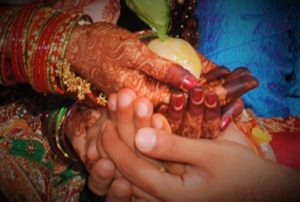
To begin to understand, ask the parent’s perspective as they place their daughter’s hand in groom’s. Think of the emotion they endure as they entrust the safety, honor and happiness of their daughter to another man and family. Imagine the tears of joy and pain in their eyes. It is this emotion that defines it – an act of offering, gifting away a piece of their heart, not a possession. This ritual prepares a father and the mother, to accept the eventual separation of their daughter from them.
Simultaneously, it carries a message to the groom: ‘her parents, while offering their daughter’s hand in marriage, do so with the desire and hope that you will offer her the same love and care that they have invested in her upbringing.’
Change your perspective and you see the poignancy of that moment – a moment of letting go.
Spiritual Underpinning:
This tradition, and the entire Hindu marriage, rests on a deeper spiritual meaning and purpose.
Hinduism considers marriage as an earthly re-enactment of the eternal Divine relationship between Bhagwan Vishnu and Mata Lakshmi. The groom is welcomed as such. The bride’s parents entrust and reunite Her beloved with Her through Kanyadaan.
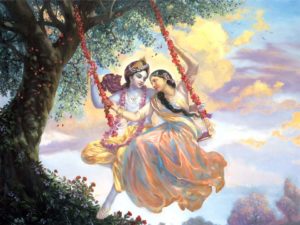
The ritual is a reminder to treat this spiritual union with respect in which none is lesser than the other, and the two are equal parts of a Divine whole. Respect for women is an intrinsic outcome of the Hindu worldview.
This religious imagery is not arbitrary… it ties into the larger Hindu vision of creation, and specifically humans, as inherently divine. Importantly, there’s a sense of reverence in this act. See it in that light, and all negativity disappears.
What one does not possess or own, one cannot donate. This is true of both children and wealth in a Hindu view. Parents are but guardians on earth. These lines from Khalil Jibran express this beautifully
“They come through you but not from you
And though they are with you yet they belong not to you”
This paradigm does not support ‘ownership’, nor a materialistic ‘donation’ or ‘gifting’ of a bride. Kanyadaan is a respectful ceremony intended to lovingly give up ‘guardianship’. Modern templates and vocabulary are woefully inadequate to comprehend this worldview and must be discarded.
In the End
Kanyadaan does not belong on the totem-pole of social evils. Hindus are good about recognizing what truly matters, e.g. sati-pratha, child-marriage, animal sacrifices etc and removing them from our midst.
Tens of millions of women who have gone through kanyadaan feel no ignominy. A particularly poignant testimony came from a friend in a social media conversation:
“it is a very emotional post to me and writing with tears…true reflection of a father…Can’t forget that drop of tear that fell from my father’s eyes on the day of my departure (विदाई) from their house, my departure from country and then his departure…I grabbed all those tears and they come out when I remember him that’s the best gift I have as a daughter!”
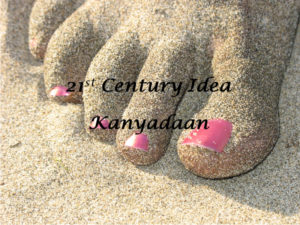
What needs change is not the ritual but the willingness to seek a deeper understanding & expression of its true significance and symbolism.
Do not demean yourselves with ill considered modern reinventions. Learn your religion. You will discover a very different and uplifting worldview than you might imagine.
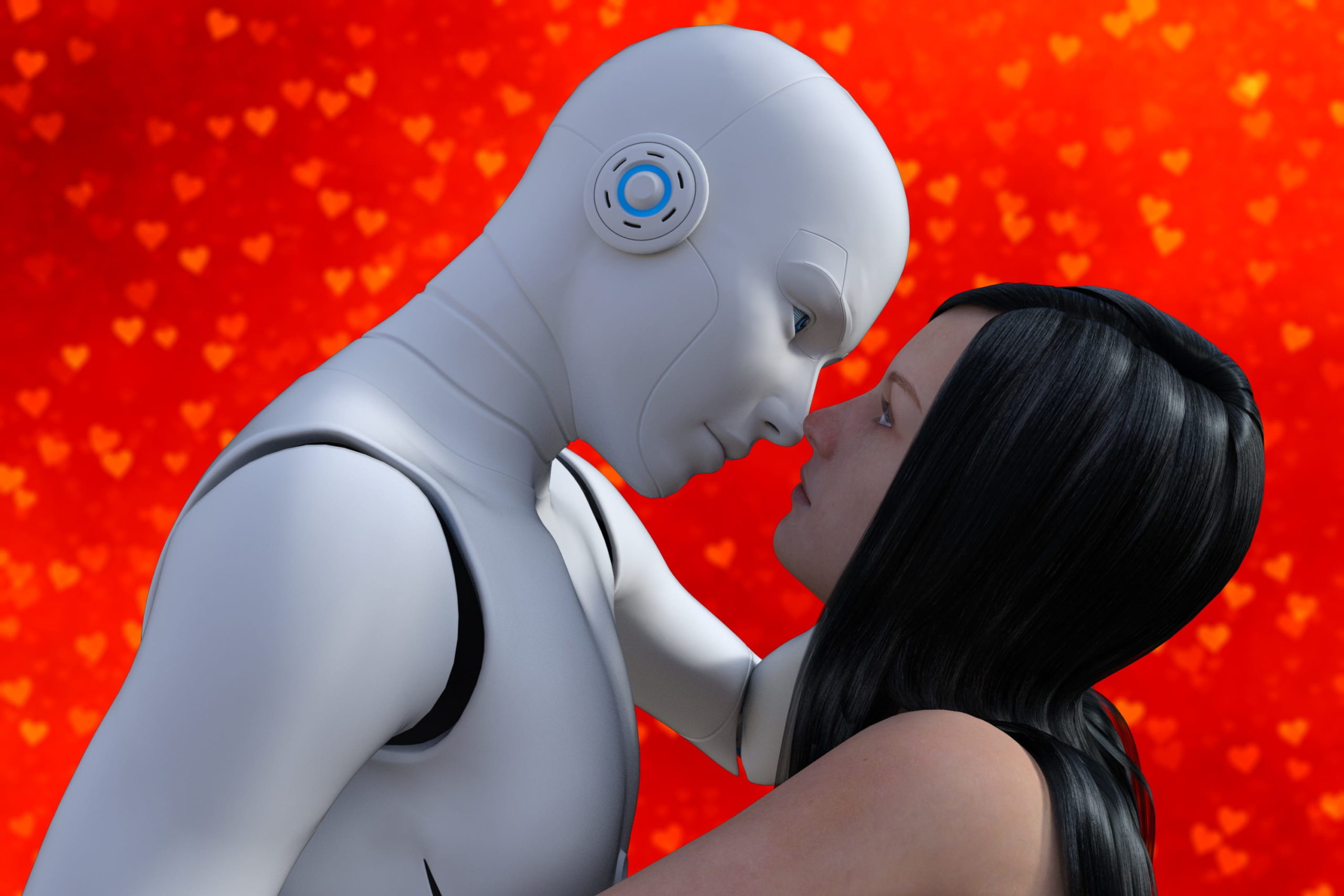
The 1973 movie, Westworld features a theme park with simulated people (humanoid robots). Ordinary folks like us could let themselves go, and safely engage in otherwise undesirable or unsafe fantasies with these ‘people’ – such as fighting, shooting and more. When technical malfunctions begin affecting them, the amusement park transforms into a world of robots acting on their own whims. Futuristic?
Not really. Our human world is another theme park. Aren’t we just robotic beings acting on our own whims, our desires, our egos?
I hear your protests – this analogy is far-fetched! These robots are not the thinking, feeling machines that we humans are. I concede, at least not yet. Nevertheless don’t we share some fundamental similarities?
![]()
To your point, this robot in the picture can hardly be compared to a human skeleton! The robots’ shape follows their function – shuffle loads, sort mail, vacuum floors, walk our dogs, offer companionship, or be the ‘people’ of theme parks. They are not always similar to humans, even superficially!
However, the more complex the function they serve the closer they must be to us – ‘arms’ to manipulate objects, ‘legs’ to move around, ‘eyes’ to ‘see’ around obstacles, ‘ears’ for our voice commands and even touch-sensitivity for touch commands. They must all have a ‘brain’ (hardware and software) to control these senses and their actions. Even so, these brains can’t learn & perform functions they have not been programmed for. Most certainly they don’t understand feelings.
But as artificial intelligence opens up these possibilities, such machines could conceivably grow into ‘humanoid robots’ – robots with human-like abilities to sense, act, learn, and yes, even ‘feel’ like those of Westworld.
So what is the point? Humans are not unlike robots, even if different in lots of ways. There is one deeper similarity that generally escapes our attention, and is worth dwelling on.
Without electricity, the robots are just powerless machines. Their internal systems need it to perform the intended functions. Which electricity do we speak of here – that which permeates the air around us as electrons, protons, ions? No that does not drive robots; it must be ‘harnessed’. This ‘organized’ energy is the ‘life-blood’ for working robots. It simply flows through the components. In the process it enables them to perform their function. That energy just flows, but it does not perform any actions itself. It is there; it just is. Fundamentally, the robots owe their living, active existence and capabilities to this energy.
Of course, today’s robots do not understand this! But will they never? They might very well do.
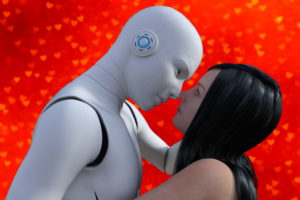
Pause to wonder the capabilities the cognitive robots of the future. A recent article published by ScienceNews.org conjectures this possibility: “A robot with a sense of touch may one day “feel” pain, both its own physical pain and empathy for the pain of its human companions. Such touchy-feely robots are still far off, but advances in robotic touch-sensing are bringing that possibility closer to reality.“ A projection further into the future allows us to imagine a day when robots could have a mind of their own, an ego of sorts – not dissimilar to humans! And this brings us full circle to the question – how, then, would these ‘humanoid robots’ be different from ‘robotic humans’?
Humans are a fully functional, complex machine. Our body is equipped with organs to navigate & manipulate, with five senses to interact with the outside world, and with a brain for intelligence. But, to parallel a robot, what ‘electricity’ activates our hardware and firmware and bring it alive as a thinking, feeling being? What ‘organized’ electricity powers the human machine and gives it life, it’s powers of thought and action?
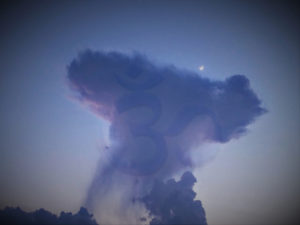
Our living bodies are powered by a ‘harnessed’ conscious energy that otherwise pervades the universe, the fundamental entity on which existence rests! Without it, the body is simply an assembly of organs – lifeless and useless – quite similar to the assembly of components that a robot is without electricity. That ‘organized’ conscious energy is what enables the ‘robotic’ humans to feel, think and act as it ‘flows’ through them. That is what gives life to the purely biological, chemical and physical processes of the robotic human machine. Life is not born out of these processes; the processes are born out of life. While our bodies are the robotic vehicles that feel, think and act, we owe our thoughts and actions to that consciousness in which they are inspired, and which enables the body and mind to act.
We are robots in the theme park of this world. We are unaware of our life-blood, our ‘electric’ conscious energy being the inspirer of all our thoughts, deeds, and in turn, the results. Our ego – that association of self with the body-mind-intellect – acts to blind us to the real us – the conscious energy, the soul, that powers our machines.
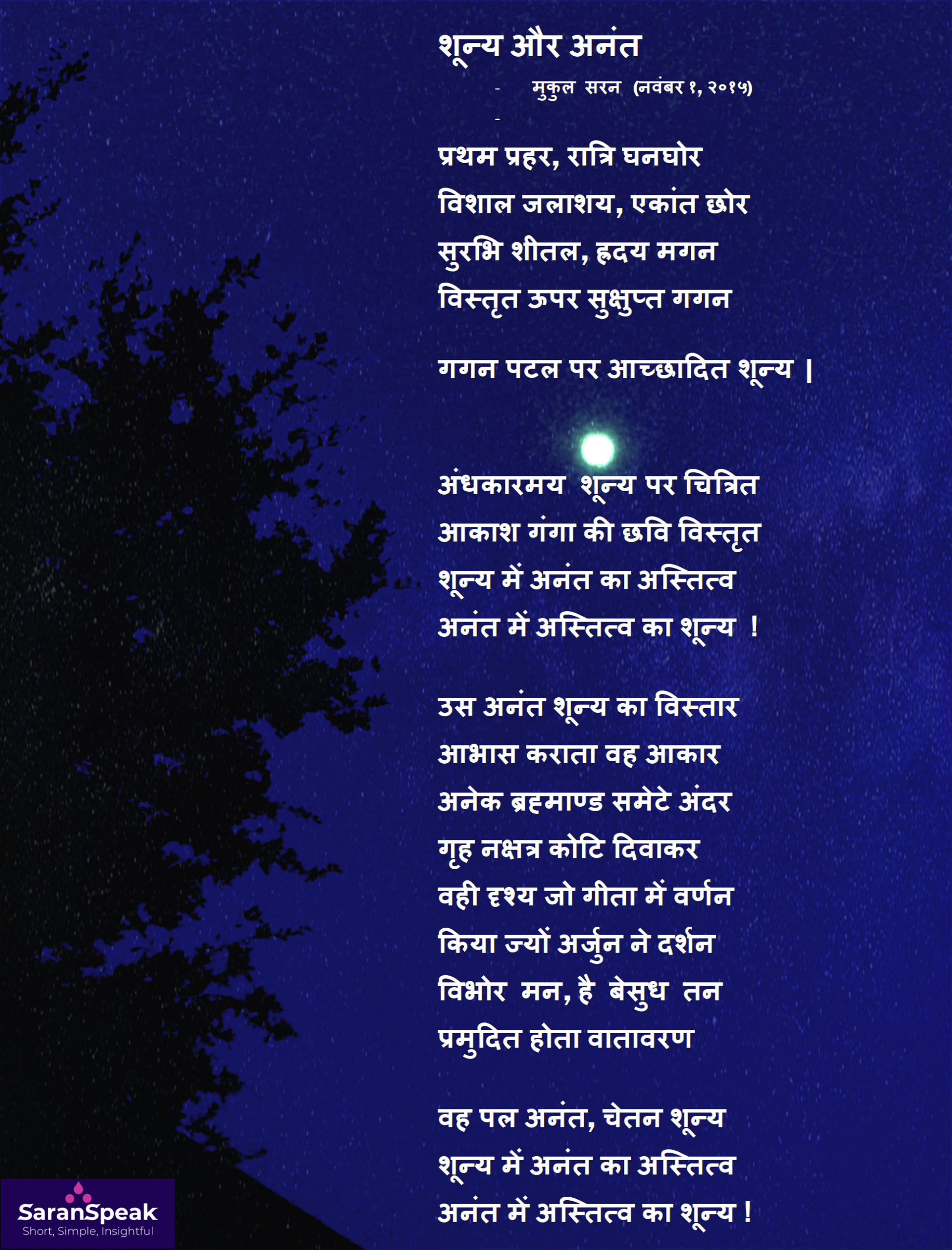
ऑस्टिन से कुछ ही दूर एक गाँव के समीप एक विशाल सरोवर में लहरों की कलकल के बीच, शीतल पवन के प्रवाह के साथ, गगन में विस्तृत आकाश गंगा की मनोरम छवि से प्रेरित कुछ भाव.

एक १९ वर्षीय ग्रामीण युवती के साथ २०२० में हुए एक नृशंस दुष्कृत्य का यह प्रकरण आज के समाज की विक्षिप्त मनोस्तिथि का अत्यंत वेदना पूर्ण लक्षण है |


With each passing away of an Indian celebrity, the social media gets flooded with shorthand RIP messages. What does one make of these – just short-hand expressions of condolence or a prayer for the departed soul? Can Hindus ever RIP? Let’s decode what a RIP prayer would mean for a dead Hindu.
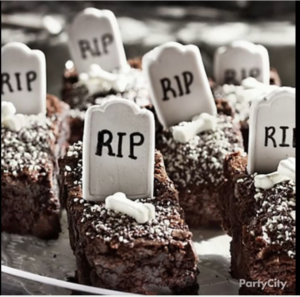
RIP is a Christian term first found on tombstones in the 18th century. It reflects the belief that the soul and the body are separated at death and must ‘rest’ until resurrection when they will be reunited and be with the Lord in Heaven. Only Christian faithful will have peace. Others will be eternally damned in Hell. So, can Hindus ever RIP?
The closest Hindu conception of ‘rest’ in the afterlife is when the ‘Jeevatma’, upon leaving the dead body, may enjoy Heaven as a reward for its good karma on earth. It must resume the cycle of rebirth and suffering upon completion of its term. But heaven is not what the jeevatma needs. It’s ultimate destination is Moksha, a liberation from the cycle of reincarnations and attainment of unending bliss.
Wishing RIP to a Hindu is like wishing the Chandrayaan mission success in reaching the earth’s orbit, rather than in landing successfully on the moon!
Words are tied to ideas, values and beliefs, e.g. words like ‘Chairman’ have fallen out of favor as they tend to associate only men with positions of authority, subconsciously. The city of Trivendrum is better referred to by its original name Tiruvananthpuram, which means the ‘town of Lord Anantha’, rather than the meaningless one coined by the British.
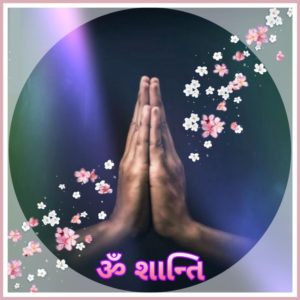
Foreign words, like RIP, reinforce foreign concepts. They dissociate the vocabulary from our native values, ideas and beliefs. Without continuous nourishment, these cultural traits wither and die. It is essential, therefore, that Hindus use the traditional terminology to help sustain our paradigm of life. It is at the root of our culture and traditions.
Only then will our future generations know what it means to say ‘Om Shanti’.
Om symbolizes the formless infinite from which all creation arises and dissolves into. Shanti refers not just to peace, but to Bliss that is an unchanging characteristic of the infinite soul. Om Shanti is a prayer that the jeevatma gets off the cycles of reincarnation, realizing its own True nature – an inseparable part of the infinite whole Paramatma – conscious, eternal and blissful.
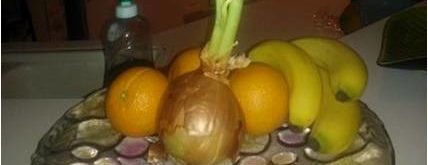
My friends are really confused! I mean the facebook friends. For years they have seen my face in various shades on the facebook profile. They don’t quite know what to make of an onion that has sprouted a few strands of the green blades as my profile picture. This is also kind of unlike my personality – linear, direct and simple. If the profile picture must represent me, it should simply show my face. The expression in the picture would convey a sense of my personality and create whatever impression it does on a viewer – a serious, contemplative person in nerdy black glasses or a fun guy dressed up as a ‘mafia boss’.
But what on earth does an onion, nesting among oranges and bananas, perched on a

decorative fruit-plate above a counter top mean? That has been confusing my friends.
And I know. Since my profile-name also no longer spells out my actual name, for an average user it is rather difficult to identify me. Often, I have been ignored for this reason.
The story of this profile begins with the discovery of an onion lost in a dark corner of a kitchen cabinet for an unknown number of weeks.
How could it stay alive, sprouting new life without soil, water, or sunlight after weeks of neglect? A novelty for me for sure! The beauty of this unattended, natural growth had to be displayed! What better place than a counter-top, where this resilient creation could be seen and admired.
It soon became salad. How could one resist the urge to taste the fresh onion greens? Where the green shoots were clipped and taken away, new ones developed and grew back rapidly as if urging us to take more!
When the darkness envelopes our lives, when the loved ones neglect us, when we face a paucity of life’s essentials we humans can still thrive, much like this onion. There is something inspirational in this growth. It is natural, it is resilient and it is beautiful. It deserves to be seen and emulated by one and all.
For the onion it comes naturally. Humans must strive to develop it – a generosity that is willing to give away all our material growth. And then be happy to give away some more.